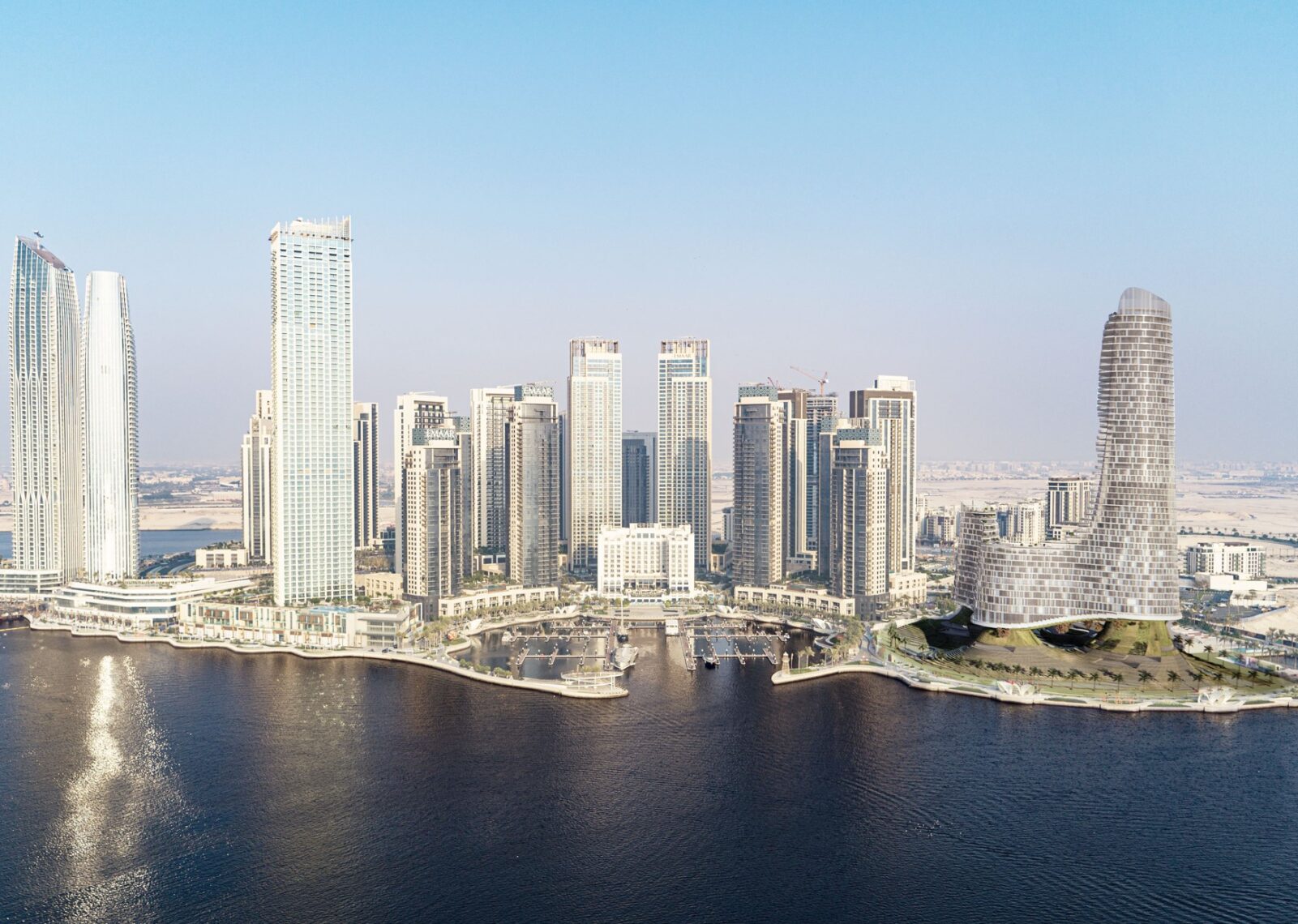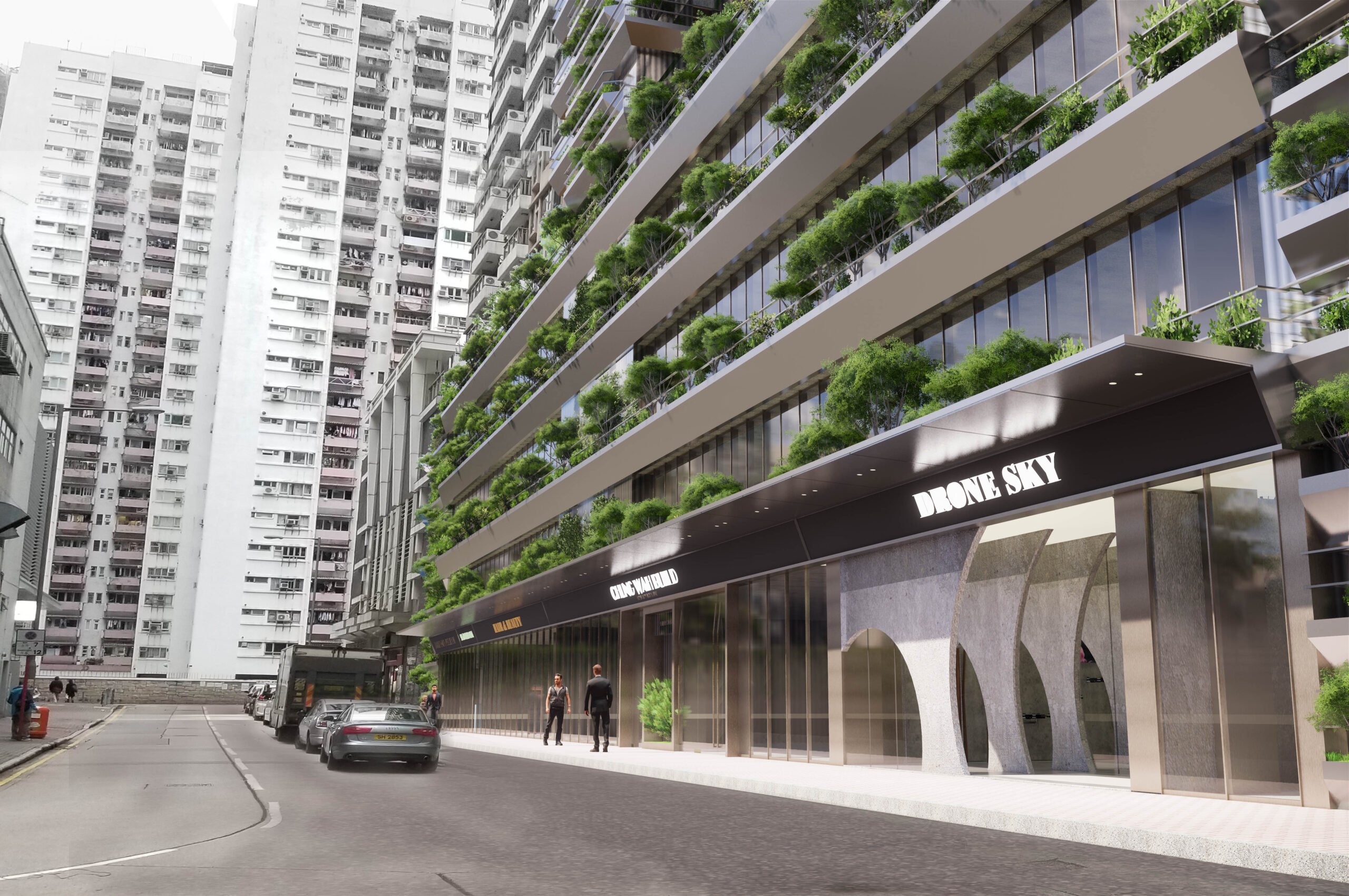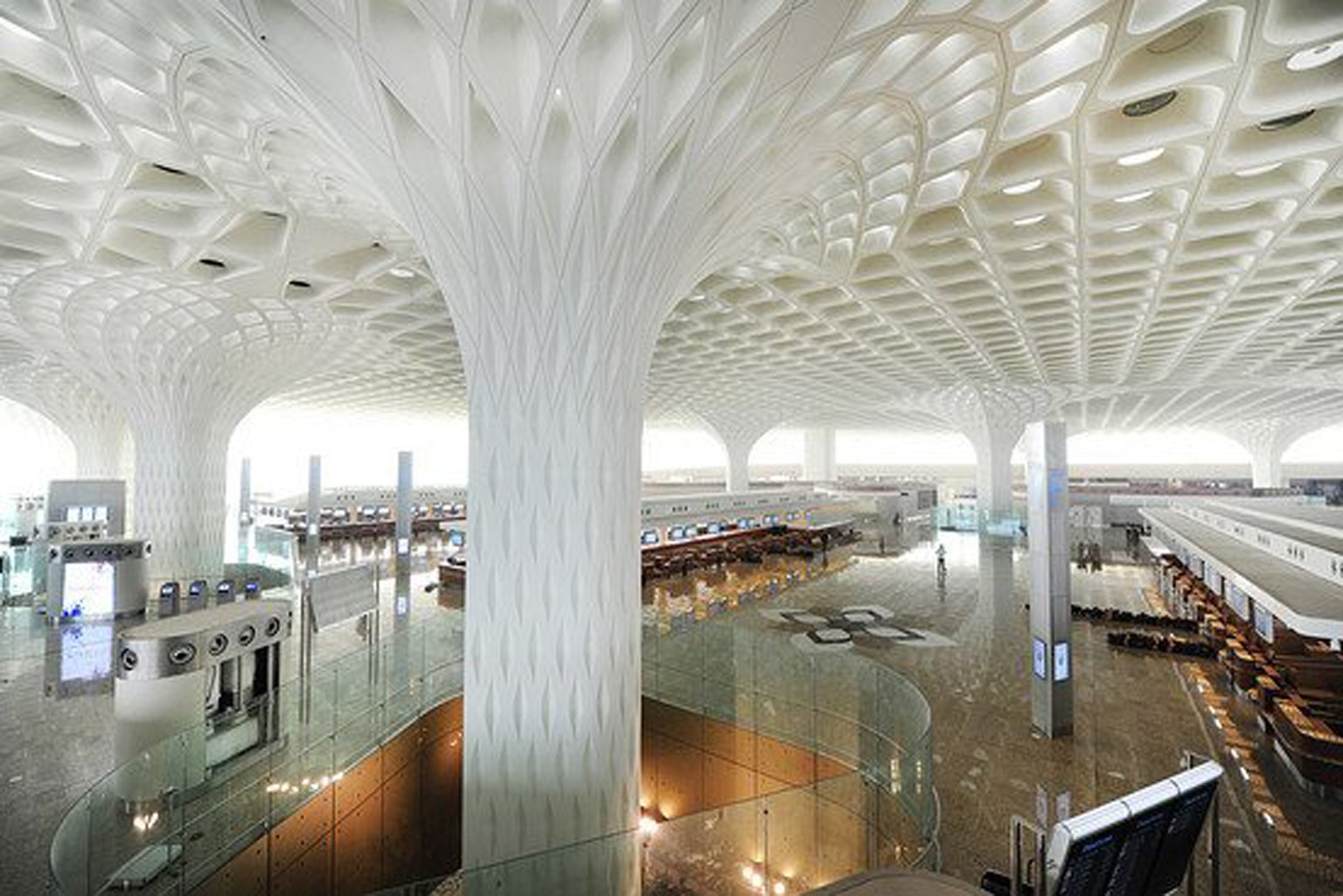THE MUSEUM OF WORLD WRITING
Building Fact
- Site Area : 19,400 sm
- Total Building Area : 4,500 sm
- Floor : B1 & L1 ~ L3
- Height : 20m
- Location : Song-do, Incheon, South Korea
- Status : Concept Design Published
Design Concept
Writing serves as a unique medium for human communication, allowing us to convey language and emotions through a rich tapestry of signs and symbols. In most languages, writing complements spoken communication. It is not a language itself but a remarkable tool cultivated by human society. This complexity of the written word has been shaped by diverse ethnic backgrounds and writing systems, making the exploration of cultural heritage through various forms and styles a compelling endeavor.

When considering the prospect of the Museum of World Writing, one is immediately struck by the vast and awe-inspiring range of expressions it represents. However, the architectural creation of such a museum is a profoundly rewarding historical event. As architects, we are challenged to encapsulate the essence and beauty of written languages from across the globe in a single, cohesive structure.
Located at the heart of the city’s ‘Central Park,’ the museum is positioned to provide a haven for relaxation amidst the lush natural surroundings. Visitors can bask in the open green spaces and gaze upon scenic vistas from the high-rise residential and office towers that grace the city’s skyline. In response to this context, our design approach places the landscape as a central design element, ensuring that the museum building harmoniously reflects its environment and the diverse characteristics of the world’s writings.

Our vision unfolds as if we were inscribing various written characters from around the world onto the site, much like filling the pages of a notebook with beautiful calligraphy. These written characters, in part, are vertically erected on the landscape, allowing them to be viewed from the horizontal plane. By preserving parking facilities underground, we mitigate waterproof concerns associated with excavation on reclaimed land.
These vertically standing letters are skillfully engraved into the walls, creating a seamless connection between two primary rectangular exhibition areas. This architectural marvel bridges the two buildings, serving as a transitional space that seamlessly guides visitors from one exhibition to another, or from the library to the cafeteria, or from the office to the canteen. The result is a dynamic and continuous exhibition space, facilitating a captivating journey through the world of the written word.


The choice of reflective corrugated metal as the façade material serves a unique purpose: to seamlessly blend the museum into its surroundings, ensuring that it becomes an integral part of the landscape. The architecture is designed to harmonize with nature, almost disappearing into its environment while maintaining its striking presence.
In the end, the Museum of World Writing is more than just a building; it’s an artful amalgamation. Implicitly, it merges with the landscape, becoming an organic extension of the natural world. Explicitly, behind its façade, it stands as a testament to the confluence of cultures and the celebration of the written word, uniting the world’s diverse languages and scripts in a single architectural masterpiece.

Design Process






Perspective Section

Perspectives







